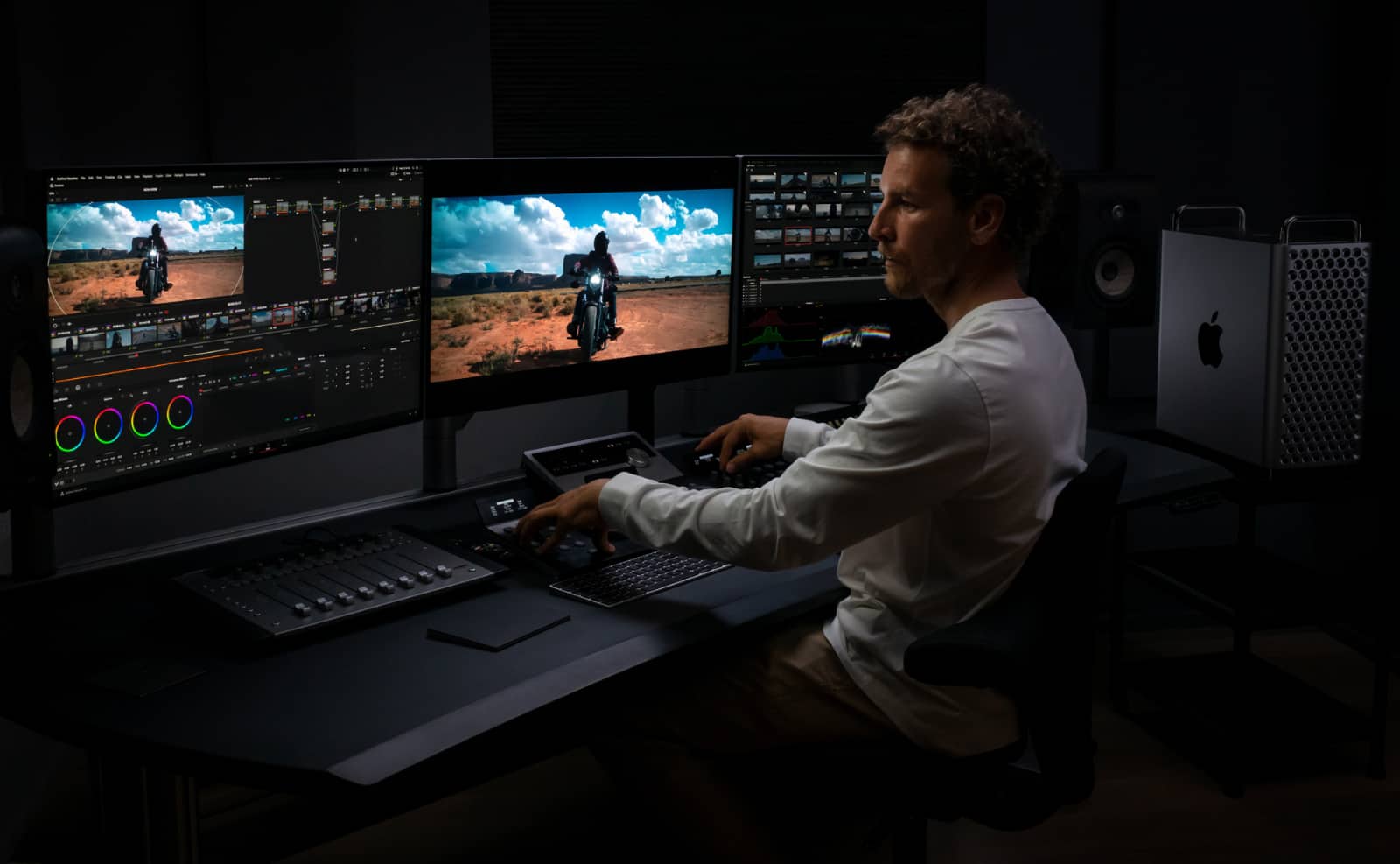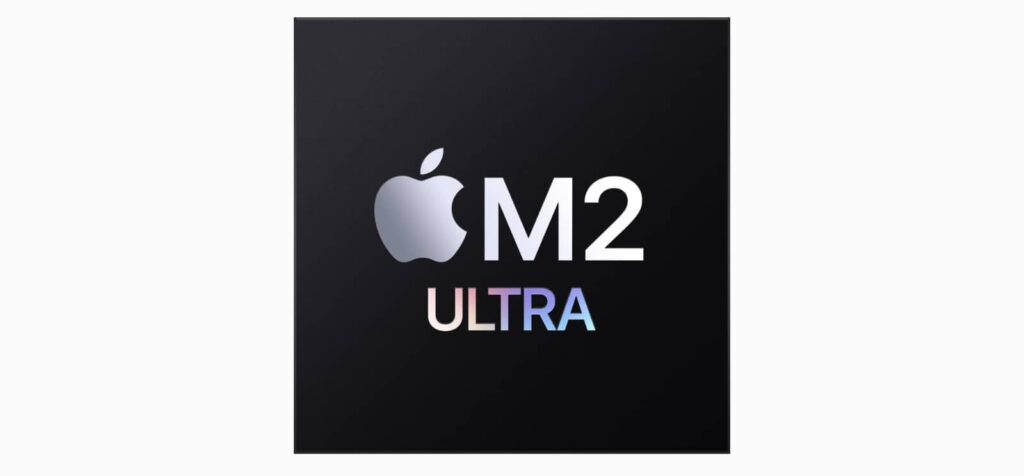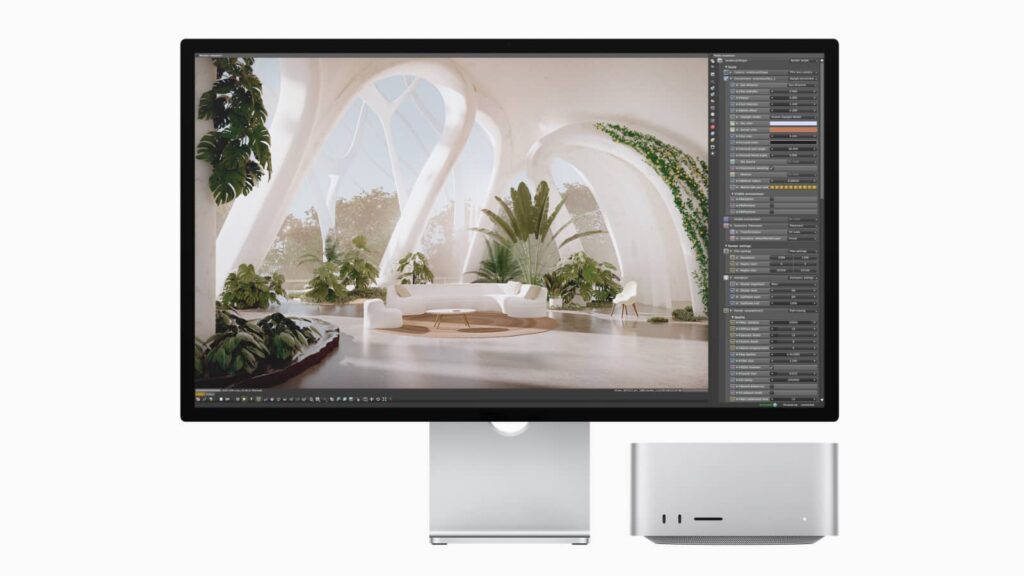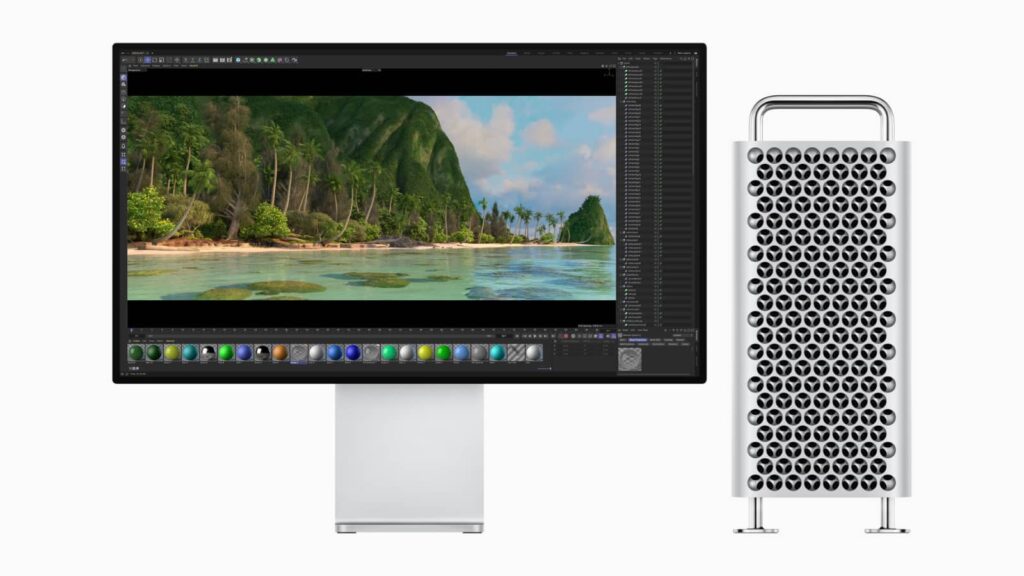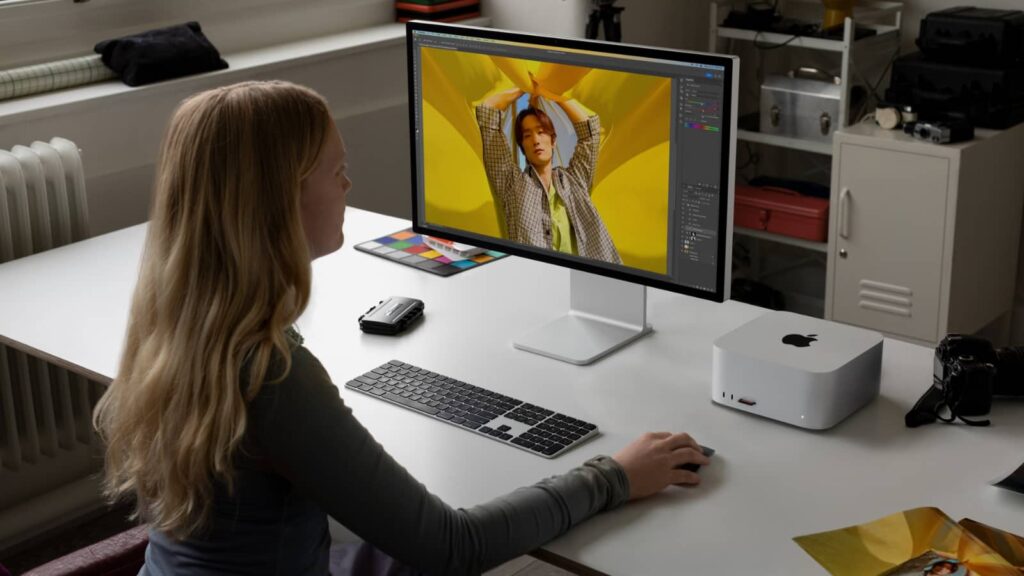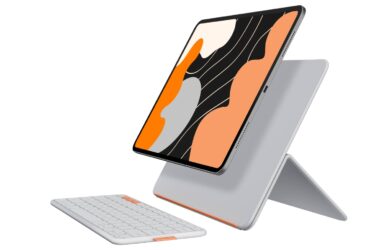Need more processing power than your everyday desktop? Apple has two new computers on the way, as the Mac range makes the full jump to Apple Silicon.
You can find some serious power in portable computers, but chances are when you go to a desktop, you’re going to find a whole lot more. And if you’re working in creative areas or need to handle a lot of data, the desktop might also be your best bet.
That’s one of the reasons why Apple makes desktop computers, because as powerful as the MacBook Pro line is, a desktop system and processor can be even more powerful. It can be amped up in its specs and made to be even faster again.
When we checked out the Mac Studio last year, a maxed out performance was exactly what that Mac delivered, even if it arrived with more impressive versions of the Apple M1 silicon chip.
Back at release, they were top of their class, but by the beginning of this year and with the launch of the M2 editions of the more powerful hardware, the M1 Studio had lost a little if its high-end sheen.
Make no mistake, the M1 Studio Mac is still impressively powerful, but there’s a new chip or two on the scene, and that warrants a new Mac with it.
First a new chip: the M2 Ultra
Before you get to the new Mac, there’s a new chip for the high-performance Macs, as Apple bolsters things with the M2 Ultra.
As it is now, there are four variants of the M2 silicon — M2, M2 Pro, M2 Max, and M2 Ultra — and they basically read as fast for everyone, faster for pros, faster again for pros with money, and the fastest money can presently buy provided you have plenty to spend.
In short, everyone with an Apple M2 chip gets something fast, but those that need something with even more raw power and guts have more choices.
The last of these, the M2 Ultra, is the most impressive (and priciest) of the bunch, and it’ll come with 24 CPU cores, up to 76 graphics cores, and support for up to 192GB RAM. That spec sheet offers up to twice the performance of the M2 Max, the previous benchmark holder in Apple’s M2 line-up, making it just staggeringly fast and capable.
It won’t be for everyone, but it will be for folks who need it, and folks who need it will have two choices to get it.
A new M2 Mac Studio
First up is a new generation of the Mac Studio, the midway point between the Mac Mini and the Mac Pro.
Unsurprisingly, Apple’s latest Mac Studio sports a choice of that new M2 Ultra chip or to spend a little less for the M2 Max, which will come with the Mac Studio by default.
With either chip, there’s support for screens with 8K and 240Hz, while WiFi and Bluetooth are both boosted, upgrades to the faster WiFi 6E technology and Bluetooth 5.3 respectively.
Like the Mac Studio we reviewed last year, the hardware is largely the same, and will come set as it is. You can’t upgrade the Mac Studio, but you may not need to without how much there is inside.
The Mac Pro makes the jump to Apple Silicon
If you want an upgradeable high-end Mac, you have another choice to look forward to as, finally, the Mac Pro is joining the world of Apple Silicon, thus finishing Apple’s use of Intel.
Up until now, the Mac Pro has largely been the holdout, still available with Intel chips, though an update was looming on the horizon.
The result is largely what many expected: a high-end Mac that used the same metal body, and incorporated Apple’s most expensive and capable chips, but also offers something no current Apple Silicon Mac does: expandability.
The Mac Pro will deliver an M2 Ultra with a way to expand using PCIe slots, much like you can with a desktop PC or even the older Mac Pro.
If you have graphics cards, sound cards, or really anything else that needs a motherboard PCIe slot to work, the 2023 Mac Pro will support seven PCIe slots, six of which support generation 4 PCIe, which makes it faster overall.
Outside of the internal slots, the case supports eight Type C Thunderbolt/USB ports covering six on the back and two up top, while three old-school USB-A (rectangular) ports can be found for devices that need them.
There are also two HDMI ports supporting 8K and 240Hz, two Ethernet ports supporting 10 Gigabit, and a headphone jack supporting high-end high-impedance headphones, giving creatives just that little bit more oomph for how they listen.
And finally, there’s support for WiFi 6E and Bluetooth 5.3, just like the Mac Studio, though you will need to BYO monitor for both models, as the Mac Studio and Mac Pro are both computer only.
Australian pricing and availability
Just like the MacBook Air 15 announced this week, both the Mac Studio and Mac Pro look slated to hit stores next week, though they’re in pre-order now.
They won’t necessarily be cheap, though, with the Mac Studio starting at $3299 in Australia (or $2969 for education buyers), while the Mac Pro will start at $11,999 for the tower casing and $12,999 for a rack-mounted case if you have a rack to mount the hardware to.


